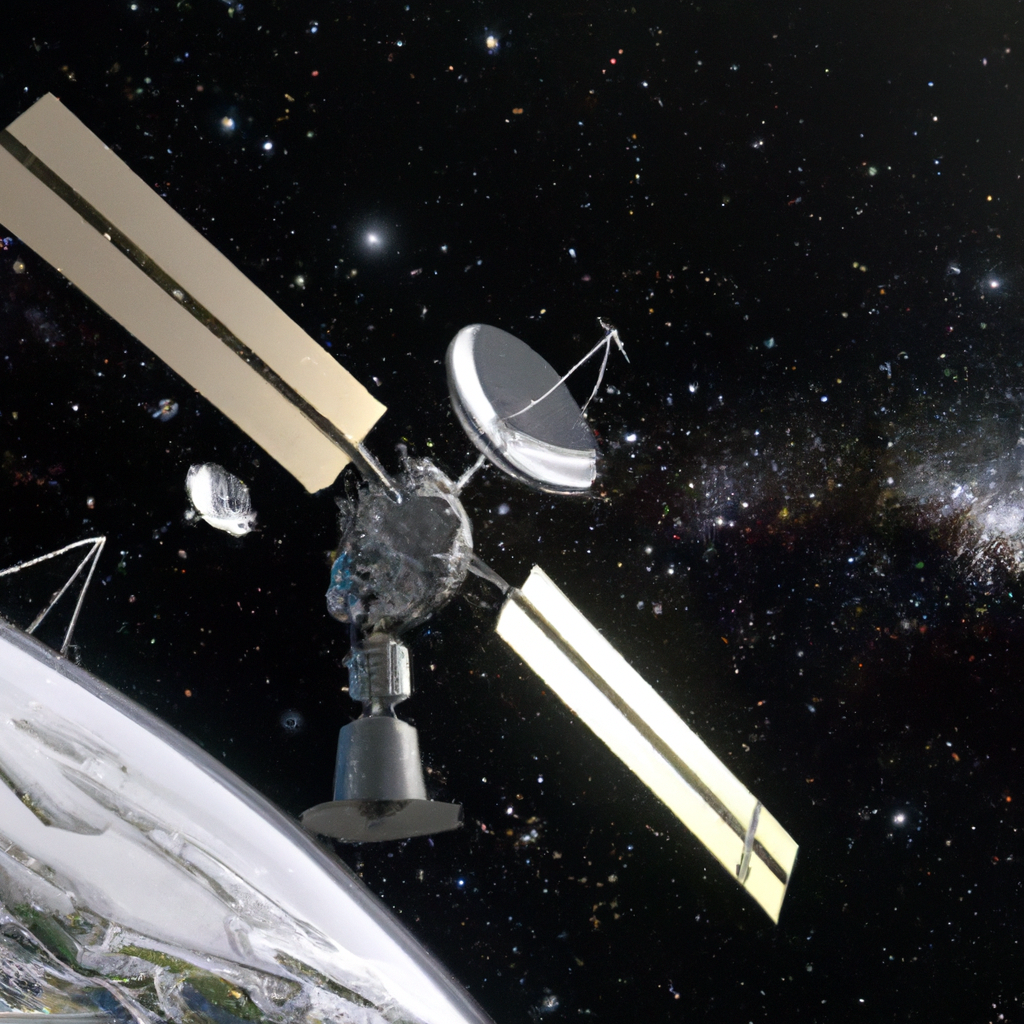Satellite technology has revolutionized the way we communicate, navigate, and observe our planet. Satellites are artificial objects that orbit the Earth and are used for a variety of purposes. From communication satellites that enable global communication to satellites used for remote sensing and imagery, these spacecraft have become an integral part of our modern world. In this article, we will explore how a satellite works, including its orbital mechanics, spacecraft propulsion, and its various applications.
Orbital Mechanics
To understand how a satellite works, it’s important to understand the basic principles of orbital mechanics. An object in orbit is constantly falling towards the Earth, but it’s also moving forward at a fast enough speed that it never hits the ground. This balance between gravity and forward motion is what keeps a satellite in orbit.
There are two main types of orbits that satellites can be placed in: geostationary orbit and low Earth orbit. Geostationary orbit is a circular orbit that is 22,236 miles above the Earth’s equator. Satellites in this orbit are able to remain in a fixed position relative to the Earth’s surface, making them ideal for communication satellites. Low Earth orbit, on the other hand, is an orbit that is between 99 and 1,200 miles above the Earth’s surface. Satellites in this orbit are able to orbit the Earth much faster, which makes them ideal for remote sensing and satellite imagery.
Spacecraft Propulsion
Satellites are placed in orbit using a rocket, which provides the initial thrust needed to overcome the Earth’s gravity. Once in orbit, satellites use a variety of propulsion systems to maintain their position and adjust their orbit if needed. These propulsion systems can be either chemical or electric.
Chemical propulsion systems use a fuel and oxidizer to generate thrust. This type of propulsion system is typically used for the initial launch and for major adjustments to the satellite’s orbit. Electric propulsion systems, on the other hand, use an electric field to accelerate charged particles, which generates thrust. This type of propulsion system is typically used for minor adjustments to the satellite’s orbit.
Satellite Applications
Satellites are used for a variety of applications, including communication, remote sensing, and satellite imagery. Communication satellites are used to transmit and receive signals from one location to another. These satellites are placed in geostationary orbit and are able to remain in a fixed position relative to the Earth’s surface, which makes them ideal for global communication.
Remote sensing satellites are used to capture images and data about the Earth’s surface. These satellites are typically placed in low Earth orbit and use a variety of sensors to capture data about the Earth’s land, water, and atmosphere. This data can be used for a variety of purposes, including environmental monitoring, disaster response, and urban planning.
Satellite imagery is another important application of satellite technology. Satellites are able to capture high-resolution images of the Earth’s surface, which can be used for a variety of purposes, including mapping, navigation, and military intelligence. Satellites are also used for satellite navigation, which allows us to determine our exact location on the Earth’s surface. The Global Positioning System (GPS) is a network of satellites that are used for satellite navigation.
Conclusion
Satellite technology has revolutionized the way we communicate, navigate, and observe our planet. Satellites use orbital mechanics and spacecraft propulsion to maintain their position in orbit, and they are used for a variety of applications, including communication, remote sensing, and satellite imagery. Whether we are using our smartphones to talk to someone on the other side of the world or using satellite imagery to study the Earth’s surface, satellite technology has become an integral part of our modern world.







